
Enchanting Sljeme Mountain: Croatia's Alpine Gem
Sljeme Mountain in Croatia: A year-round alpine escape offering skiing, hiking, and breathtaking views just a short drive from Zagreb.
Sljeme Mountain, nestled in the northern part of Croatia, is a spectacular destination for nature lovers and adventure seekers. Standing tall as the highest peak of Medvednica Mountain, Sljeme offers breathtaking views, pristine natural beauty, and a range of activities for visitors. The mountain is only a short drive from Zagreb, making it an accessible escape from the city bustle. Sljeme is a year-round destination. In winter, it transforms into a snowy paradise, attracting skiers and snowboarders to its well-maintained slopes. The annual Snow Queen Trophy, part of the FIS Alpine Ski World Cup, brings international attention to this Croatian gem. In the warmer months, the mountain becomes a haven for hikers and mountain bikers. Trails of varying difficulty wind through dense forests, offering glimpses of wildlife and stunning vistas. At the summit, visitors can enjoy a meal at one of the rustic mountain lodges or simply relax and take in the panoramic views. The area is rich in history and tradition, with medieval ruins and old mines dotting the landscape. Whether you're seeking adventure, relaxation, or a bit of both, Sljeme Mountain promises an unforgettable experience.
Local tips in Sljeme Mountain
- Visit during the Snow Queen Trophy in January for an exciting ski experience and a festive atmosphere.
- Bring comfortable hiking shoes if visiting in summer; the trails can be steep and rocky.
- Try the local cuisine at the mountain lodges; traditional dishes are a must-try.
- Check the weather forecast before heading out; conditions can change rapidly in the mountains.
- Take some time to explore the historical sites; the medieval ruins and old mines are fascinating.
Enchanting Sljeme Mountain: Croatia's Alpine Gem
Sljeme Mountain, nestled in the northern part of Croatia, is a spectacular destination for nature lovers and adventure seekers. Standing tall as the highest peak of Medvednica Mountain, Sljeme offers breathtaking views, pristine natural beauty, and a range of activities for visitors. The mountain is only a short drive from Zagreb, making it an accessible escape from the city bustle. Sljeme is a year-round destination. In winter, it transforms into a snowy paradise, attracting skiers and snowboarders to its well-maintained slopes. The annual Snow Queen Trophy, part of the FIS Alpine Ski World Cup, brings international attention to this Croatian gem. In the warmer months, the mountain becomes a haven for hikers and mountain bikers. Trails of varying difficulty wind through dense forests, offering glimpses of wildlife and stunning vistas. At the summit, visitors can enjoy a meal at one of the rustic mountain lodges or simply relax and take in the panoramic views. The area is rich in history and tradition, with medieval ruins and old mines dotting the landscape. Whether you're seeking adventure, relaxation, or a bit of both, Sljeme Mountain promises an unforgettable experience.
When is the best time to go to Sljeme Mountain?
Iconic landmarks you can’t miss
Sljeme
Explore the breathtaking beauty of Sljeme, a stunning mountain peak near Zagreb, ideal for hiking, skiing, and enjoying spectacular views of the city.

Sljeme Tower
Discover the stunning vistas of Zagreb from Sljeme Tower’s observation deck, where natural beauty meets a delightful BBQ area and bar.
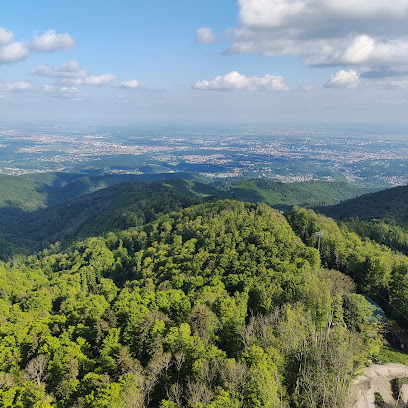
OIV tower Sljeme
Experience stunning panoramic views of Zagreb and central Croatia from OIV Tower Sljeme, a serene observation deck in Medvednica Nature Park.
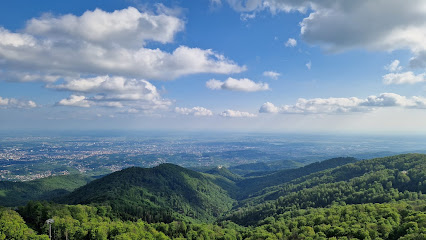
Skulptura medvjeda, simbola Medvednice
Discover the Skulptura medvjeda, a stunning bear sculpture in Medvednica, symbolizing the region's rich nature and artistic heritage, perfect for unforgettable memories.
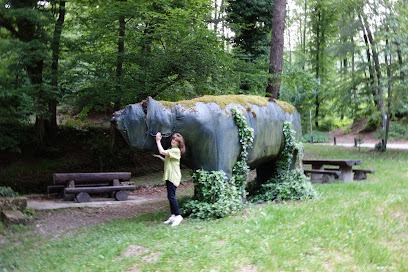
Unmissable attractions to see
Designer Outlet Croatia
Discover unbeatable deals and a stylish shopping experience at Designer Outlet Croatia, the premier outlet mall near Zagreb.
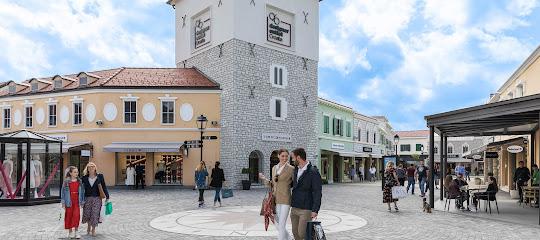
Sports - recreation center Salata
Experience the vibrant energy of Sports Complex Salata in Zagreb, where sports enthusiasts can engage in diverse activities and enjoy stunning natural views.
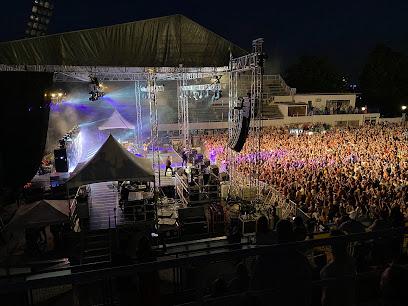
Monument of the Assumption of the Blessed Virgin Mary
Explore the stunning Monument of the Assumption of the Blessed Virgin Mary in Zagreb, a symbol of faith and artistry amidst the city's vibrant culture.
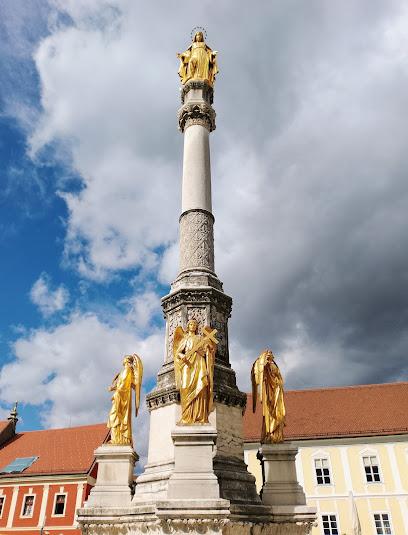
Leustekova staza
Explore Leustekova Staza: A serene hiking trail near Zagreb, offering stunning views and an escape into nature's beauty.
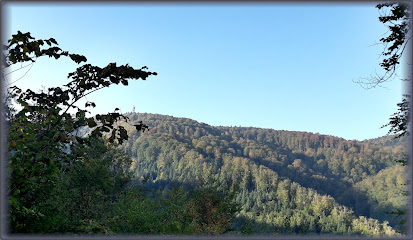
Church of the Blessed Virgin Mary
Experience the serene beauty and rich history of the Church of the Blessed Virgin Mary, a must-visit cultural landmark in Lepoglava, Croatia.
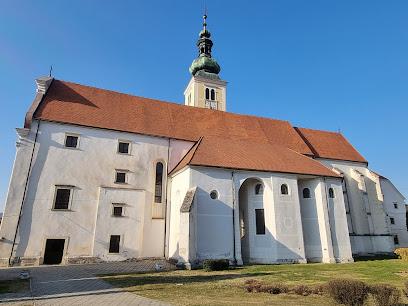
Mićino vrelo
Experience the serene beauty of Mićino Vrelo, a hidden natural gem in Sljeme, perfect for relaxation, hiking, and exploring Croatia's lush landscapes.

Izvor potoka Bliznec
Discover the serene beauty of Izvor potoka Bliznec, a tranquil spring in Medvednica, perfect for nature lovers and outdoor adventurers.
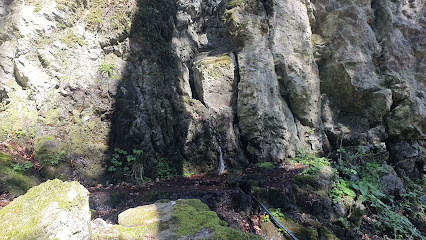
Trg Nikole Zrinskog 2
Explore Trg Nikole Zrinskog, the vibrant heart of Zagreb, filled with rich history, beautiful architecture, and local charm.
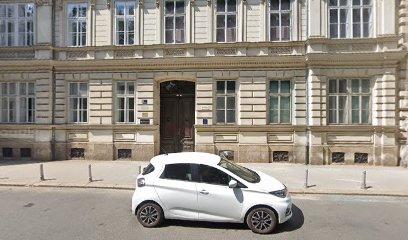
Schlosserove Stube
Discover the flavors of Croatia at Schlosserove Stube, a charming eatery in Zagreb's historic Gornji Grad, perfect for a taste of local cuisine.
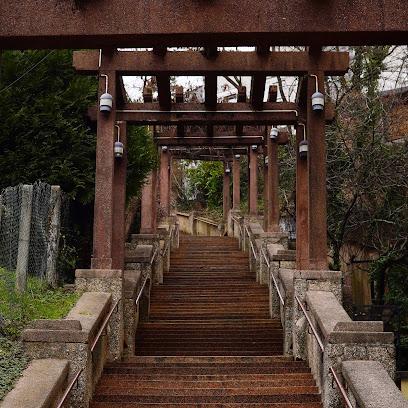
Europski trg 1
Explore Europski trg in Zagreb: a vibrant square filled with culture, stunning architecture, and local events just waiting to be discovered.
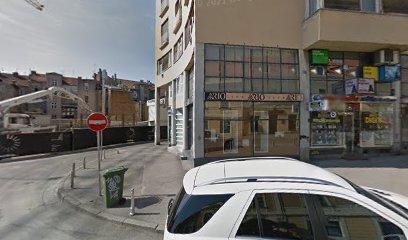
Essential places to dine
Restaurant Vidikovac
Experience exquisite cuisine and breathtaking views at Restaurant Vidikovac in Gornja Bistra.
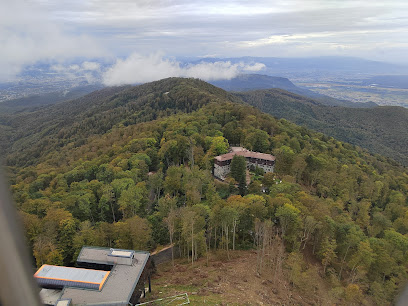
Bistro Stara Lugarnica Sljeme
Experience authentic Croatian cuisine at Bistro Stara Lugarnica while enjoying breathtaking views from Medvednica Mountain.
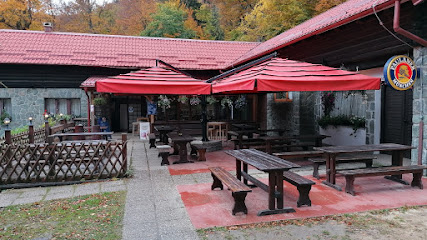
Restaurant Grofica
Experience exquisite Croatian cuisine with breathtaking views at Restaurant Grofica in Sljeme.

Restoran Zlatni Medvjed
Experience authentic Croatian cuisine with stunning views at Restoran Zlatni Medvjed in Grad Zagreb.
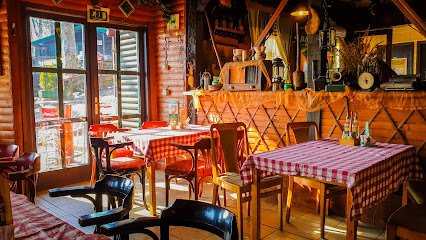
Markets, malls and hidden boutiques
Volim Ljuto shop
Explore Zagreb's culinary treasures at Volim Ljuto, a gourmet grocery store specializing in spices, sauces, and local delicacies.
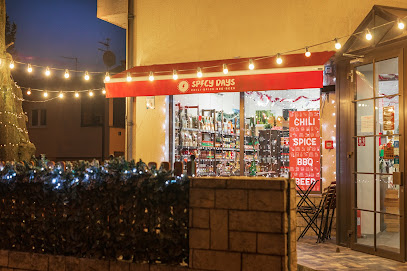
Souvenirs & more ZAGREB
Explore the charm of Croatia through unique souvenirs and handcrafted gifts at Souvenirs & More Zagreb, a must-visit shopping destination.
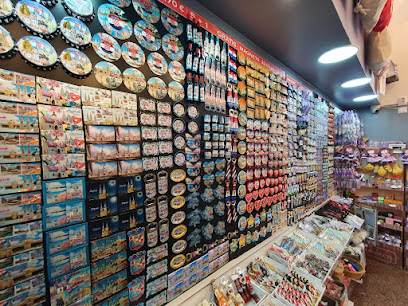
Konzum
Experience the vibrant local culture and convenience at Konzum, Zagreb's premier general store, offering a wide selection of fresh produce and grocery essentials.
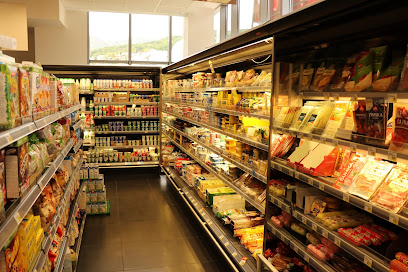
Kredenca Zagreb
Explore Kredenca Zagreb for authentic souvenirs and delicious local delicacies that embody the spirit of Croatia.
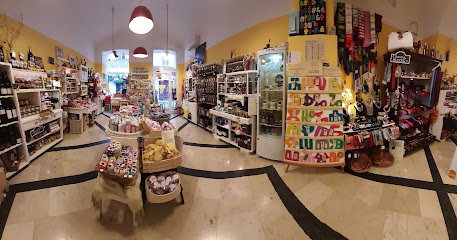
Take Me Home - Croatian Design Shop -
Explore Take Me Home, a captivating gift shop in Zagreb showcasing authentic Croatian designs and unique souvenirs for every traveler.
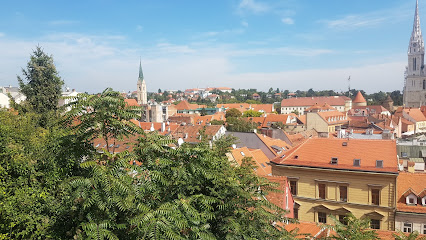
Brix Zagreb - House of Spirits
Explore Brix Zagreb - House of Spirits for artisan chocolates, fine cigars, and unique Croatian gifts that capture the spirit of the region.
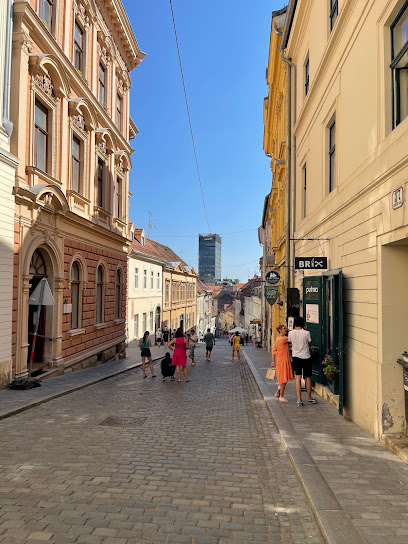
Babushka Boutique
Explore Babushka Boutique in Zagreb for unique gifts and souvenirs that embody the charm and craftsmanship of Croatian culture.
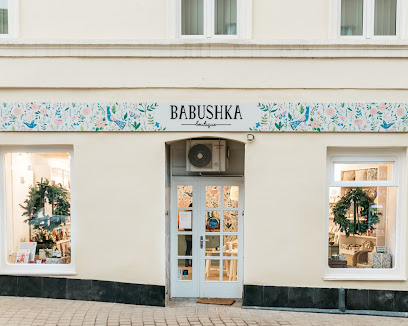
Staccato - Porsche Design
Experience luxury shopping at Staccato - Porsche Design in Zagreb, featuring exclusive fashion and gifts in a sophisticated atmosphere.
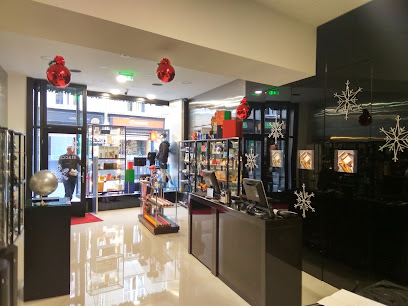
MAŠ Forma
Explore MAŠ Forma, Zagreb's charming gift shop, featuring unique candles, souvenirs, and watches that capture the essence of Croatian craftsmanship.
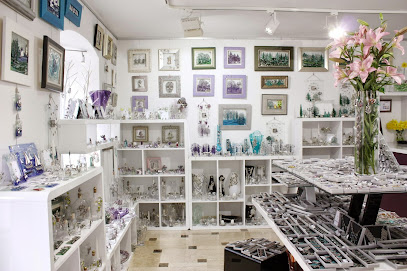
Trgovina Roman
Discover the charm of Zagreb at Trgovina Roman, where local culture meets diverse shopping experiences.
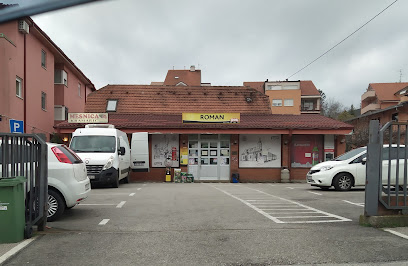
Studio 56
Discover unique Croatian gifts and artisanal crafts at Studio 56, the perfect stop for souvenirs in Zagreb.
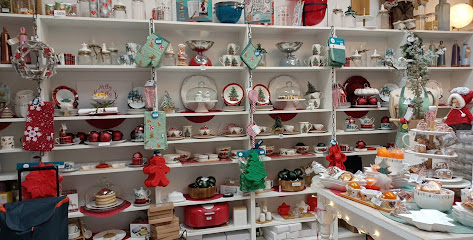
O'kviri - jedinstveni pokloni
Explore O'kviri, Zagreb's premier gift shop, where unique Croatian treasures await to enrich your travel experience.

Dida Boža Gift Shop
Explore the charm of Croatia through authentic gifts at Dida Boža Gift Shop, where local crafts meet warm hospitality.

DIZAJNHOLIK
Explore DIZAJNHOLIK, a unique gift shop in Zagreb, offering exquisite furniture and souvenirs that capture the essence of Croatian craftsmanship.
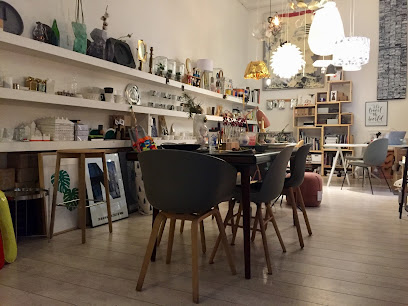
PokloniMe
Explore PokloniMe, Zagreb's premier gift shop offering unique souvenirs that embody the spirit of Croatia, perfect for any traveler.
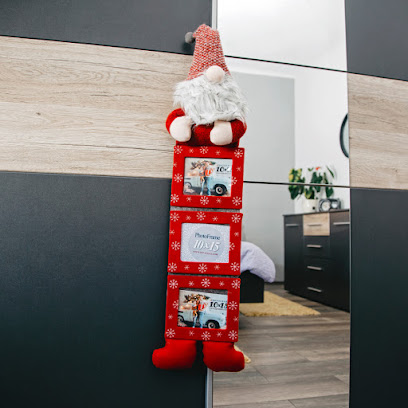
Essential bars & hidden hideouts
History Bar & Club
Discover the lively ambiance of History Bar & Club in Zagreb, where cocktails, music, and good company create an unforgettable nightlife experience.
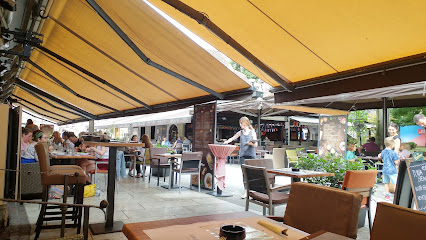
The Swanky Bar
Experience the elegance of The Swanky Bar in Zagreb, where innovative cocktails and stylish ambiance create unforgettable moments.
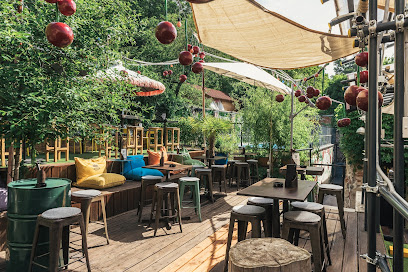
Restaurant Vidikovac
Discover the flavors of Croatia at Restaurant Vidikovac, where exquisite cuisine meets breathtaking views in Gornja Bistra.
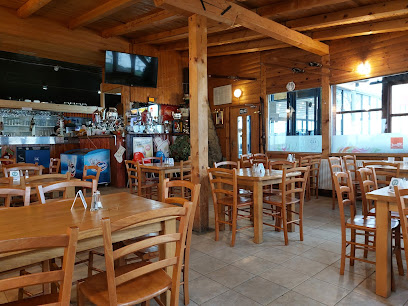
Tolkien's House
Experience the enchanting world of J.R.R. Tolkien at this charming pub in the heart of Zagreb, where literature and great cuisine meet.
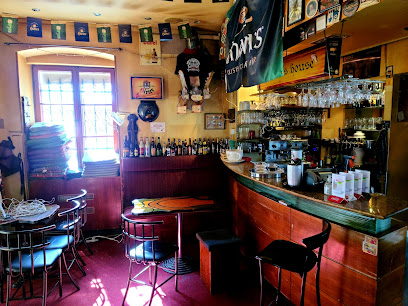
Craft Room
Discover Craft Room, a vibrant pub in Zagreb offering a wide selection of craft beers and a charming beer garden atmosphere.
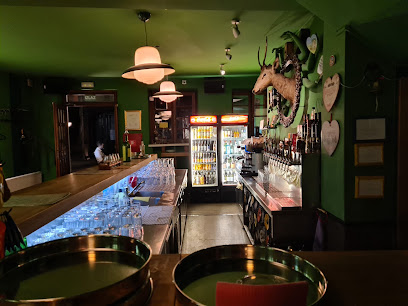
Bistro Stara Lugarnica Sljeme
Discover the essence of Croatian cuisine at Bistro Stara Lugarnica, where every dish is a celebration of local flavors amidst stunning natural beauty.
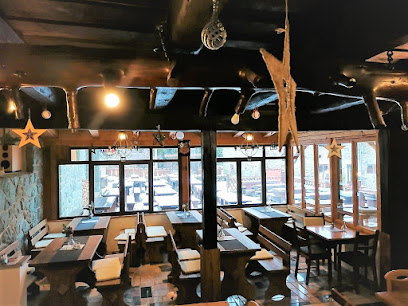
Planinarski dom Runolist
Experience the best of Croatian cuisine at Planinarski dom Runolist, a serene restaurant nestled in the heart of nature in Zagreb.
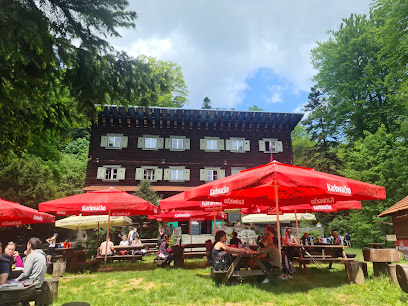
Dezman mini bar
Discover the vibrant flavors and inviting atmosphere of Dezman Mini Bar, a must-visit bar and bistro in the heart of Zagreb, Croatia.
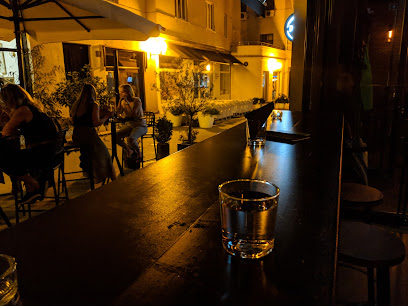
Mojo bar, wine rakija & co.
Experience the vibrant atmosphere and exquisite selection of wines at Mojo Bar, a wine lover's paradise nestled in the heart of Zagreb.
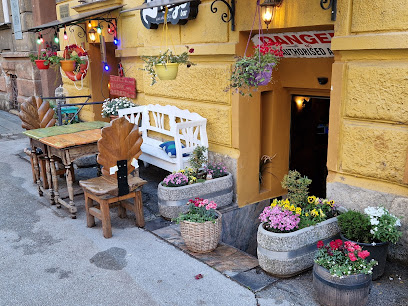
Funk club
Experience the pulsating nightlife at Funk Club, Zagreb's premier bar for music lovers and night owls seeking unforgettable memories.
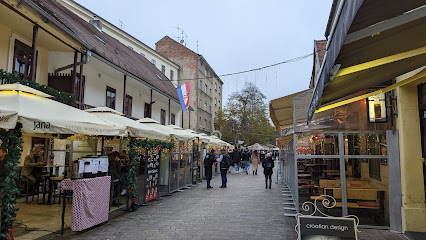
Restoran Zlatni Medvjed
Experience the essence of Croatian cuisine at Restoran Zlatni Medvjed, where nature meets traditional flavors in a stunning mountain setting.
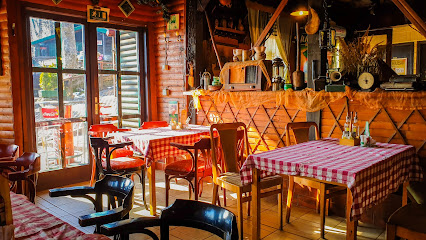
Lugareva kućica
Discover the flavors of Croatia at Lugareva kućica, a cozy restaurant in Zagreb's serene Podsljeme area, perfect for food lovers.
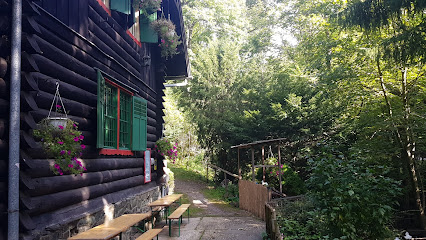
Carpe Diem
Experience the vibrant nightlife of Zagreb at Carpe Diem, where exquisite drinks and a lively atmosphere await you.

Diplomatico Gin & Rum Bar
Explore the vibrant nightlife of Zagreb at Diplomatico Gin & Rum Bar, a haven for gin and rum lovers with a chic atmosphere.
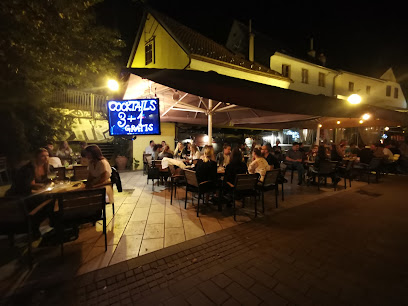
Caffe bar unique one
Experience the vibrant atmosphere and delightful drinks at Caffe Bar Unique One, a must-visit bar in the heart of Zagreb.
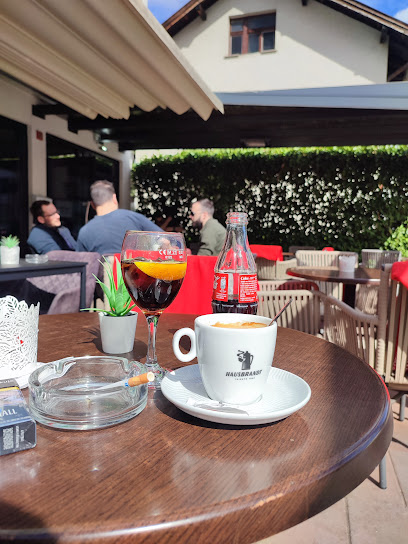
Local Phrases about Sljeme Mountain
-
- HelloZdravo
[Zdrah-voh] - GoodbyeDoviđenja
[Doh-vee-jen-ya] - YesDa
[Dah] - NoNe
[Neh] - Please/You're welcomeMolim
[Moh-leem] - Thank youHvala
[Hvah-lah] - Excuse me/SorryOprosti
[Oh-pros-tee] - How are you?Kako si?
[Kah-koh see?] - Fine. And you?Dobro. A ti?
[Doh-bro. Ah tee?] - Do you speak English?Govoriš li engleski?
[Go-vo-reesh lee eng-les-kee?] - I don't understandNe razumijem
[Neh rah-zoo-mee-yem]
- HelloZdravo
-
- I'd like to see the menu, pleaseMogu li vidjeti jelovnik, molim
[Moh-goo lee vee-dyeh-tee yeh-lov-neek, moh-leem] - I don't eat meatNe jedem meso
[Neh yeh-dem meh-so] - Cheers!Živjeli!
[Zhee-vyeh-lee] - I would like to pay, pleaseŽelim platiti, molim
[Zheh-leem pla-tee-tee, moh-leem]
- I'd like to see the menu, pleaseMogu li vidjeti jelovnik, molim
-
- Help!Pomoć!
[Poh-mohch!] - Go away!Odlazi!
[Ohd-lah-zee!] - Call the Police!Pozovi policiju!
[Poh-zoh-vee poh-lee-tsee-yoo!] - Call a doctor!Pozovi doktora!
[Poh-zoh-vee doks-toh-rah!] - I'm lostIzgubio/la sam se
[Eez-goo-bee-yo/lah sahm seh] - I'm illBolestan/na sam
[Bo-lehs-tahn/nah sahm]
- Help!Pomoć!
-
- I'd like to buy...Želim kupiti...
[Zheh-leem koo-pee-tee] - I'm just lookingSamo gledam
[Sah-moh gleh-dam] - How much is it?Koliko košta?
[Koh-lee-koh kosh-tah?] - That's too expensiveTo je preskupo
[Toh yeh preh-skoo-poh] - Can you lower the price?Možete li spustiti cijenu?
[Moh-zheh-teh lee spoos-tee-tee tsee-yeh-noo?]
- I'd like to buy...Želim kupiti...
-
- What time is it?Koliko je sati?
[Koh-lee-koh yeh sah-tee?] - It's one o'clockJedan je sat
[Yeh-dahn yeh saht] - Half past (10)Pola (10)
[Poh-lah (10)] - MorningJutro
[Yoo-tro] - AfternoonPopodne
[Poh-pohd-neh] - EveningVečer
[Veh-chehr] - YesterdayJučer
[Yoo-cher] - TodayDanas
[Dah-nahs] - TomorrowSutra
[Soo-trah] - 1Jedan
[Yeh-dahn] - 2Dva
[Dvah] - 3Tri
[Tree] - 4Četiri
[Cheh-tee-ree] - 5Pet
[Peh-t] - 6Šest
[Shehst] - 7Sedam
[Seh-dahm] - 8Osam
[Oh-sahm] - 9Devet
[Deh-vet] - 10Deset
[Deh-set]
- What time is it?Koliko je sati?
-
- Where's a/the...?Gdje je...?
[Gdyeh yeh...?] - What's the address?Koja je adresa?
[Koh-yah yeh ah-dreh-sah?] - Can you show me (on the map)?Možete li mi pokazati (na karti)?
[Moh-zheh-teh lee mee poh-kah-zah-tee (nah kahr-tee)?] - When's the next (bus)?Kad je sljedeći (autobus)?
[Kahd yeh sl-yeh-deh-chee (ow-toh-boos)?] - A ticket (to ....)Jedna karta (do ...)
[Yeh-dnah kahr-tah (doh ...)]
- Where's a/the...?Gdje je...?
History of Sljeme Mountain
-
Sljeme Mountain, part of the Medvednica range, has been inhabited since prehistoric times. Archaeological finds suggest that early human settlements existed on the mountain thousands of years ago. Artifacts such as stone tools and pottery shards indicate that this area was a hub of activity for ancient communities.
-
During the medieval period, Sljeme Mountain and its surrounding areas were part of the Kingdom of Croatia. The mountain provided a natural fortress and refuge during times of conflict. The remains of medieval fortifications, such as the Medvedgrad Castle, offer a glimpse into the strategic importance of this region.
-
Medvedgrad Castle, built in the 13th century, is one of the most significant historical landmarks on Sljeme Mountain. Constructed to defend against Tatar invasions, the castle stands as a testament to the medieval architecture and the strategic military importance of the mountain. Over the centuries, it served various roles, including a noble residence and a defensive outpost.
-
One of the most enduring legends associated with Sljeme Mountain is that of the Black Queen, a mythical figure said to have resided in Medvedgrad Castle. According to legend, she had immense wealth and power but was cursed due to her cruelty. The story of the Black Queen remains a fascinating part of the local folklore.
-
During World War II, Sljeme Mountain played a significant role in the resistance movements against occupying forces. The dense forests and rugged terrain provided a perfect hideout for partisan fighters. Numerous skirmishes and battles took place in the area, adding a layer of modern history to the mountain's storied past.
-
In the post-war period, Sljeme Mountain became an important recreational and tourist destination. The development of ski resorts, hiking trails, and other outdoor activities transformed the mountain into a year-round attraction. The introduction of cable cars and other amenities made it easier for visitors to enjoy the natural beauty and historical sites.
-
Sljeme Mountain holds a special place in Croatian culture. It is featured in numerous works of literature, art, and music. The mountain is a symbol of natural beauty and resilience, capturing the imagination of locals and visitors alike. Annual events, such as the Sljeme Ski World Cup, further highlight its cultural and recreational importance.
Sljeme Mountain Essentials
-
Sljeme Mountain is located near Zagreb, the capital city of Croatia. The nearest international airport is Franjo Tuđman Airport, approximately 25 kilometers away. From the airport, you can take a taxi or a shuttle bus to the city center. From Zagreb, you can reach Sljeme Mountain by car or public transportation. Buses and trams from Zagreb connect to the base of the mountain, where you can either hike or take a cable car to the summit.
-
Public transportation options include buses and trams that run from various parts of Zagreb to the base of Sljeme Mountain. The newly reopened cable car provides a scenic route to the top of the mountain. Taxis and ride-sharing services are also available. For those who prefer driving, there are parking facilities at the base of the mountain and some designated spots along the trails.
-
The official currency in Croatia is the Croatian Kuna (HRK). Credit cards are widely accepted in hotels, restaurants, and shops in Zagreb, and there are ATMs available at convenient locations. However, it is advisable to carry some cash when heading to Sljeme Mountain, as some smaller establishments and rural areas may not accept card payments.
-
Sljeme Mountain is generally a safe destination for tourists. However, it is essential to take standard precautions. Always stay on marked trails when hiking and be cautious of your surroundings. Avoid isolated areas, especially after dark. Although Zagreb is a relatively safe city, be vigilant in crowded places to avoid petty theft like pickpocketing. There are no specific high-crime areas targeting tourists on Sljeme Mountain.
-
In case of emergency, dial 112 for immediate assistance, which is the general emergency number in Croatia. Medical facilities are available in Zagreb, and there are first aid stations on Sljeme Mountain. It is recommended to have travel insurance that covers medical emergencies. For minor health issues, pharmacies are available in Zagreb.
-
Fashion: Do wear comfortable hiking gear and sturdy shoes when exploring the mountain. Don't wear flashy jewelry or carry expensive items. Religion: Do respect local customs, especially in religious sites. Public Transport: Do be courteous and offer your seat to elderly passengers. Don't eat or drink on public transport. Greetings: Do greet people with a polite 'Dobar dan' (Good day). A handshake is common. Eating & Drinking: Do try local dishes and beverages. Don't leave a tip on the table; instead, hand it directly to the server.
-
To experience Sljeme Mountain like a local, plan your visit during early mornings or late afternoons to avoid the crowds. Visit the local mountain huts, known as 'planinarski domovi,' where you can enjoy traditional Croatian dishes and beverages. Engage with locals; they are often friendly and willing to share tips about the best trails and viewpoints. Don't miss the opportunity to try 'štrukli,' a traditional pastry, at one of the mountain huts.
Nearby Cities to Sljeme Mountain
-
Things To Do in Rogaška Slatina
-
Things To Do in Ptuj
-
Things To Do in Celje
-
Things To Do in Maribor
-
Things To Do in Velenje
-
Things To Do in Kamnik
-
Things To Do in Ljubljana
-
Things To Do in Bihac
-
Things To Do in Zalaegerszeg
-
Things To Do in Škofja Loka
-
Things To Do in Postojna
-
Things To Do in Graz
-
Things To Do in Keszthely
-
Things To Do in Opatija
-
Things To Do in Klagenfurt







